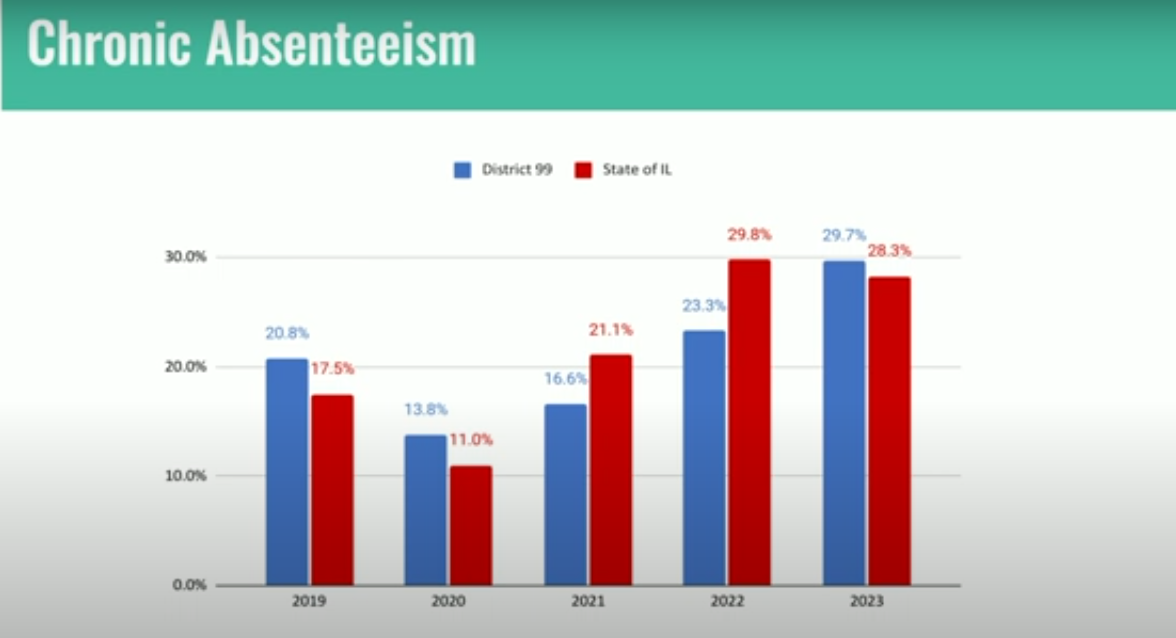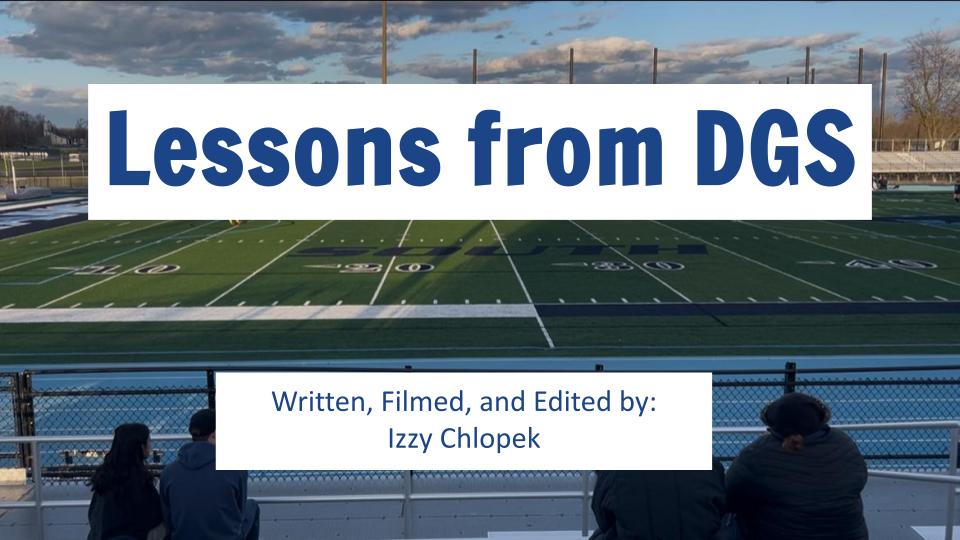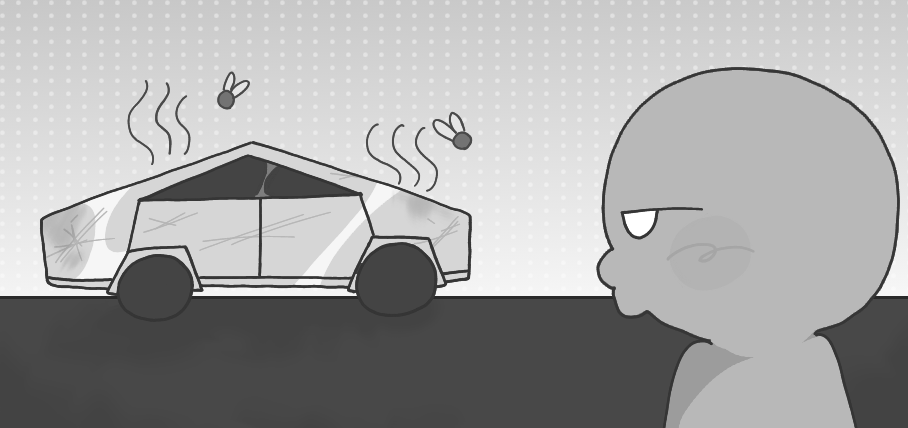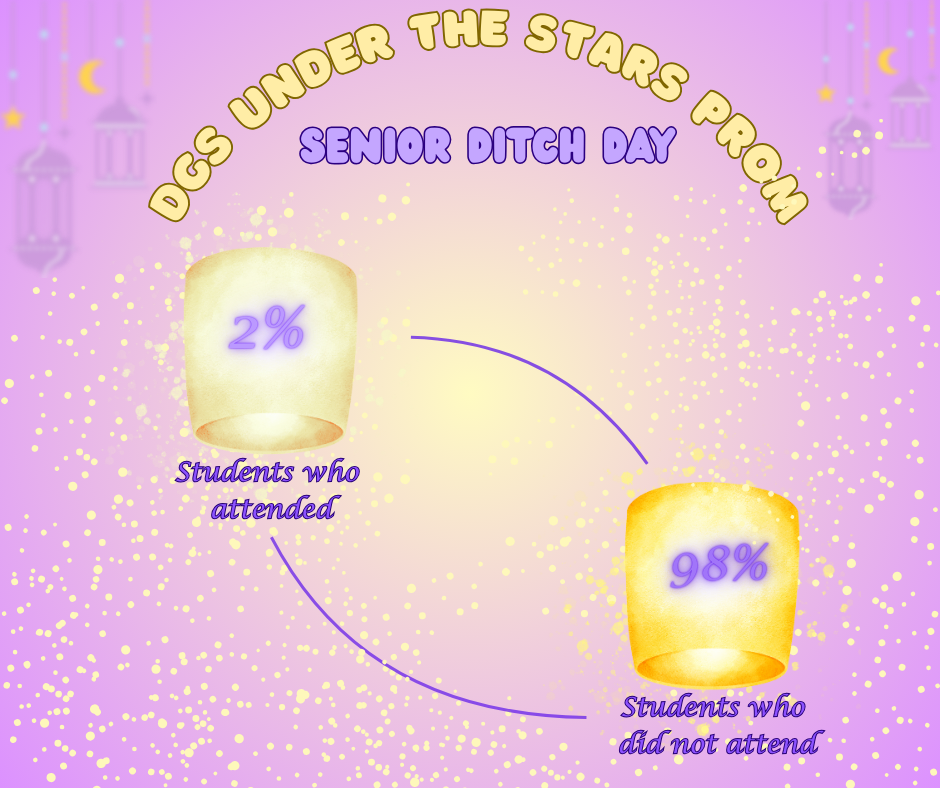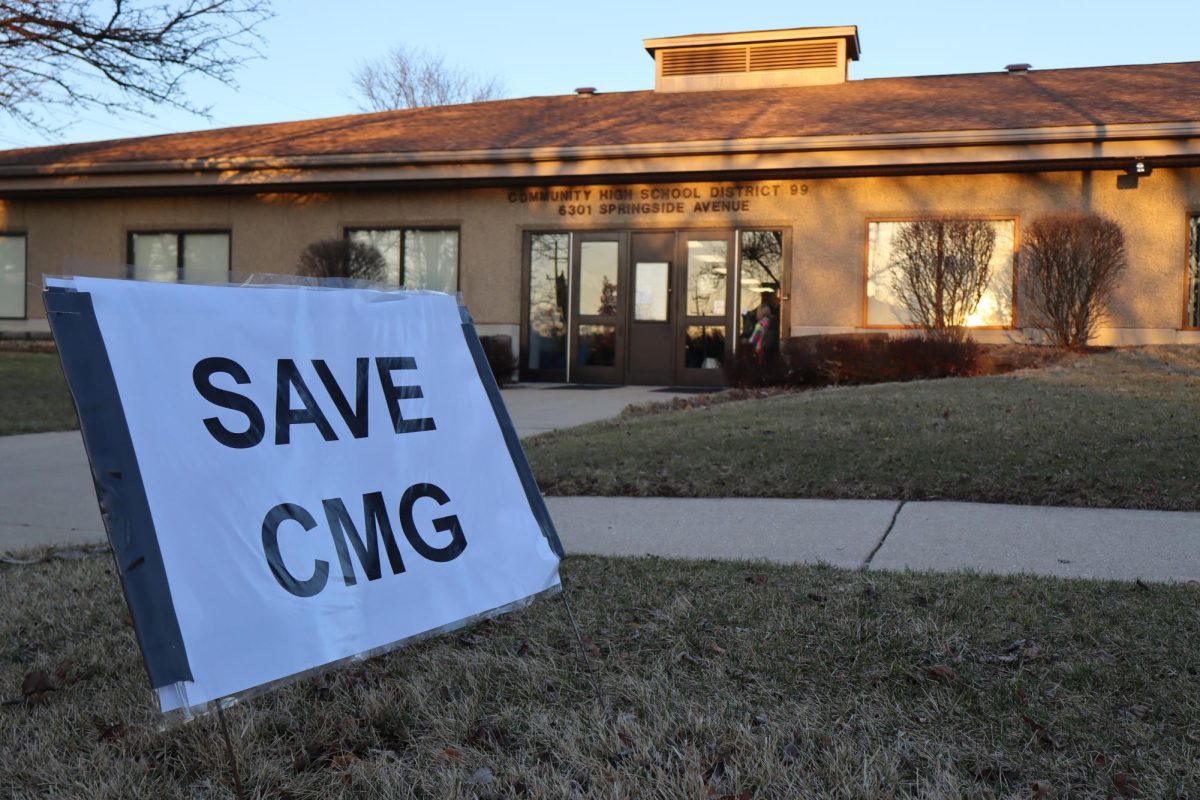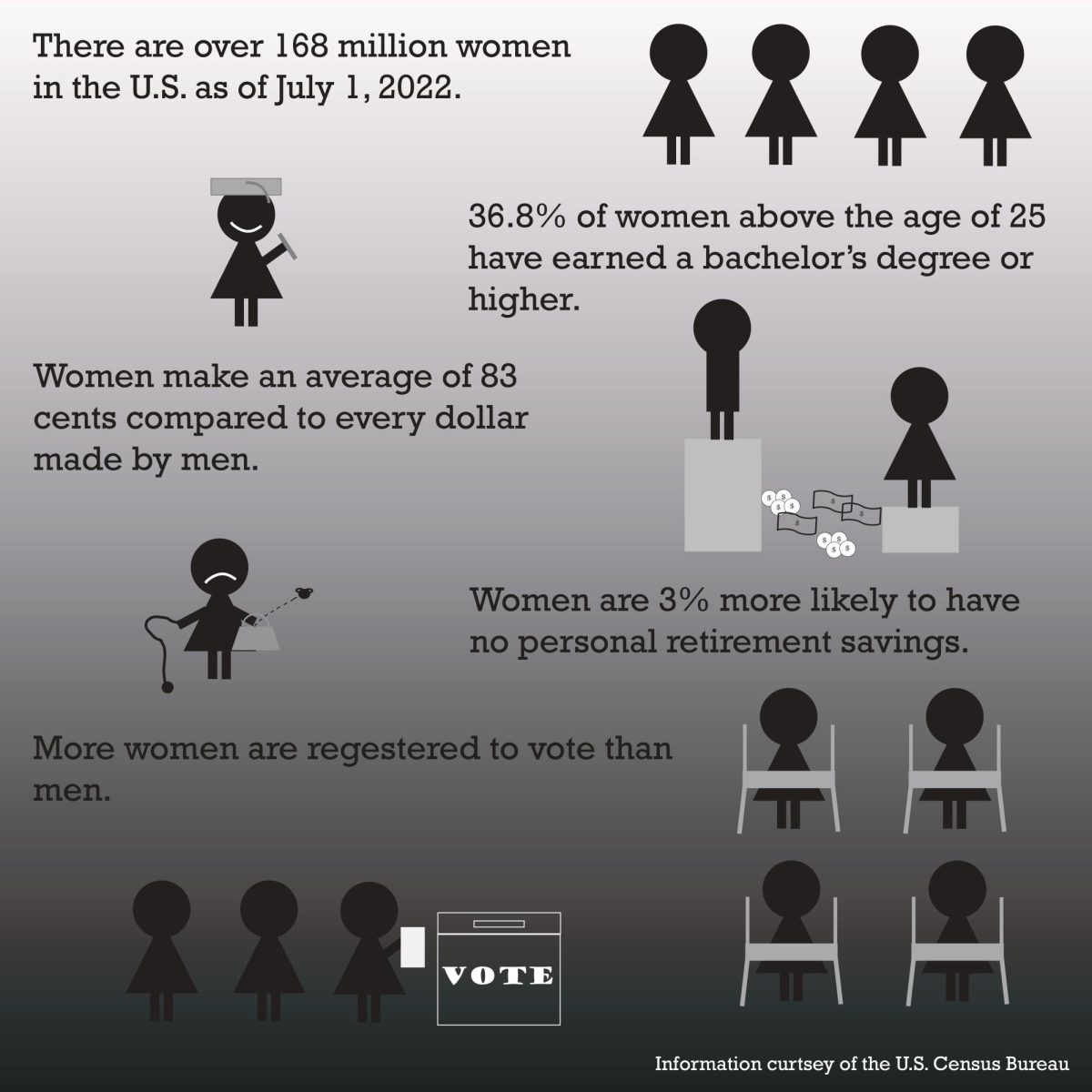On Dec. 18, the D99 board met to discuss chronic absenteeism and problem-solving techniques they have implemented. Chronic absenteeism counts all absences, including excused, unexcused and suspensions. It is not to be confused with truancy, which counts only unexcused absences and places an emphasis on compliance with school rules.
Chronic absenteeism emphasizes the academic impact of missed days and uses positive, community-based strategies to guide students. The Illinois State Board of Education defines a chronically absent student as “one who misses 10% or more school days with or without a valid excuse.” Mental health days are counted in this percentage.
To keep track of chronic absences, deans use the attendance dashboard to note kids’ grades and how often they attend class. Teachers can send dean referrals or even add students to the “alpha team warning list” to get them intervention. DGS Student Board Representative senior Nahla Mokkath spoke on how she believes the school could help kids out more.
“I think a way [the school] can help them is definitely talk to those kids one-on-one. Talk to those kids individually and ask them how the school can help them… especially the ones who are failing or have D’s in classes. There’s probably a reason behind it, maybe it’s dyslexia or ADHD that’s not helping them, and talking to the kid and maybe their parents can make sure they’re here and present in class,” Mokkath said.
The board also discussed the deans’ three-tiered system of support for improving attendance. Dr. Karen Taylor explained that tier one is the first line of defense against absenteeism and should meet the needs of 80-85% of students.
“The focus there is on things that are really building a school climate and culture of belonging, and making sure everyone understands the impact of their attendance on their learning and on the school culture, and that we’re focused really on identifying and recognizing students who have good and improved attendance so that it’s what is promoted as the norm in our school culture,” Taylor said.
As the tiers increase, the support becomes more and more personalized, with tier two applying to 10-19% of students and tier three for the small percentage of chronically absent students who need the most guidance.
“At the Tier 2 level, our outreach and interventions become more personalized. That should be meeting the needs of about 15% of our students and the goal there is to really re-engage them with a lot of mentoring to really bring them back under that 10%. When students reach that third tier, our interventions become really personalized; those are students where they may need interventions via outside agencies or alternative education; they might need home visits or family interventions, stuff like that,” Taylor said.
With these efforts and support in place, 93-95% of students are in the building every day. However, those that aren’t are often chronically absent and the board will continue working towards solving that problem.

